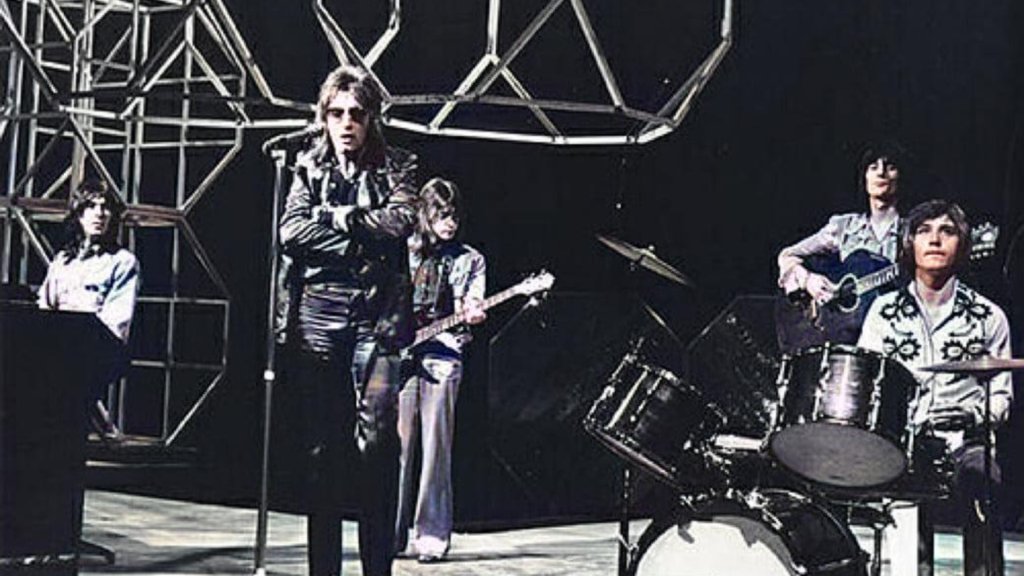The Faces, a British rock band formed in London in 1969, left an unforgettable mark on music history.
This talented group of musicians—Rod Stewart, Ronnie Wood, Ronnie Lane, Ian McLagan, and Kenney Jones—created a sound that still echoes today.
Their skill at mixing rock, blues, and folk into something new and exciting made The Faces stand out.
Their music wasn’t just noted on a page—it was alive, full of energy, and it got people moving.
At the heart of their sound was Rod Stewart’s voice.
Rough yet soulful, it gave The Faces their unique identity.
The Faces Band’s Formation
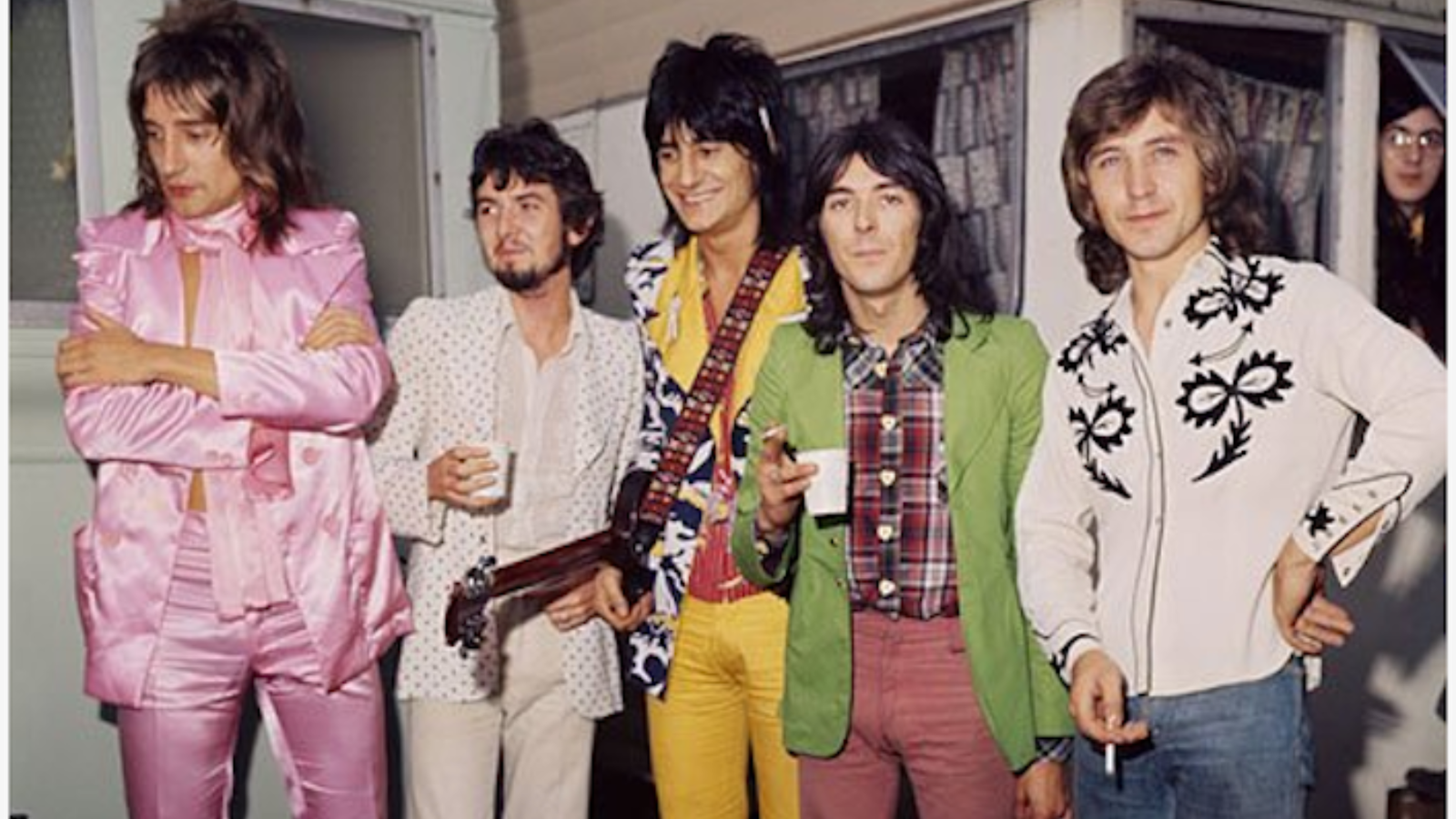
The story of The Faces begins with change and new starts.
Origins as Small Faces
- The band initially formed as Small Faces, a well-known British mod band in the 1960s.
- Steve Marriott was a key member, serving as both the lead singer and guitarist.
A Turning Point in 1969
- Steve Marriott left the band, causing the remaining members—Ronnie Lane, Kenney Jones, and Ian McLagan—to reassess their direction.
- Instead of disbanding, they pursued a new path, bringing in fresh talent.
New Members Join
- Both previously with the Jeff Beck Group, Rod Stewart and Ronnie Wood were invited to join the lineup.
- Stewart’s raspy, soulful voice and Wood’s energetic guitar style became the new heart of the band.
Rebranding as The Faces
- With the new additions, the band dropped “Small” from its name and rebranded as The Faces to signal a new era.
- This new identity allowed them to explore a broader sound, moving beyond their mod roots to embrace a mix of rock, blues, and folk.
Setting the Stage for Success
- Combining distinct musical backgrounds and fresh energy set the foundation for their unique sound.
- The Faces were now ready to captivate audiences with their lively performances and genre-blending music.
The Core Members and Their Contributions
The Faces were more than just a band – a group of unique talents coming together. This section looks at the key members who made The Faces what they were, focusing on their skills and what they brought to the group’s sound.
1. Rod Stewart – The Iconic Voice
![]()
Rod Stewart’s voice is one that people know right away.
Early Career and Entry into The Faces
- Before joining The Faces, Rod Stewart was a member of the Jeff Beck Group.
- His raspy and distinctive voice quickly set him apart in the music world.
- In 1969, Stewart joined The Faces alongside Ronnie Wood, marking a significant turning point for the band.
Contribution to The Faces’ Sound
- Stewart’s voice was raw and soulful, bringing a unique sound that became a defining feature of The Faces.
- His ability to blend powerful, emotional vocals with high-energy rock performances gave the band a wide range of musical expression.
- Stewart’s entry allowed The Faces to expand their repertoire from slow, heartfelt ballads to fast, upbeat rock anthems.
Stage Presence and Energy
- Stewart was more than just a vocalist—his lively stage presence and charisma became central to The Faces’ live shows.
- His ability to engage with the audience, dance, and interact with band members made him a captivating frontman.
- This helped the band gain a reputation for their energetic and unforgettable performances.
Key Songs
- “Stay with Me”: A high-energy rock anthem that showcased Stewart’s ability to drive the band with his vocals.
- “Too Bad”: A song that demonstrated Stewart’s range, combining emotional storytelling with rock-driven energy.
Stewart’s Impact on The Faces’ Identity
- His voice and charisma shaped the band’s identity, moving them from a mod-focused sound to a more varied and emotionally rich style.
- Stewart’s presence solidified The Faces as a band capable of exploring different musical territories while maintaining a distinct, cohesive sound.
Post Faces Career
- When The Faces ended, Rod Stewart was already becoming well-known.
- His solo work took off in a big way.
- Stewart made many hit songs that people still know today. He tried different types of music, from rock to pop to even some older styles.
- His unique voice helped him stand out.
2. Ronnie Wood – The Guitar Maestro

Ronnie Wood’s guitar playing was key to The Faces’ sound.
Background and Entry into The Faces
- Ronnie Wood joined The Faces in 1969, alongside Rod Stewart, after both had been members of the Jeff Beck Group.
- His energetic guitar playing brought a new element to the band’s sound, blending rock, blues, and folk influences.
Unique Guitar Style
- Wood was known for his improvisational skills, adding spontaneity and excitement to live performances and studio recordings.
- His guitar work combined rhythm and lead techniques, contributing to the band’s distinctive, raw sound.
- He could shift between hard-hitting riffs and more melodic playing, which helped The Faces explore different musical textures.
Contribution to The Faces’ Live Performances
- Wood’s presence on stage was electric, often highlighted by his guitar solos and improvisation.
- He had a strong musical rapport with Rod Stewart, and their interaction on stage became a defining feature of The Faces’ live shows.
- His guitar work provided a backbone for the band’s performances, adding depth and energy that kept audiences engaged.
Key Contributions to Songs
- “Stay with Me”: Wood’s guitar riffs drive this energetic anthem, adding to its rock appeal.
- “Ooh La La”: It is a folk-inspired track where Wood’s playing balances rhythm and melody, showcasing his versatility.
Legacy within The Faces
- Wood’s guitar playing was essential to The Faces’ success. It helped shape the band’s sound and maintain the raw, energetic quality that defined their music.
- His ability to blend different genres and adapt his style made him one of the group’s most influential members.
Post-Faces Career
- After The Faces disbanded, Wood joined The Rolling Stones, where he continued to be a respected guitarist.
- His time with The Faces helped him develop the improvisational and collaborative skills he would later bring to the Stones.
3. Ronnie Lane – The Heart of The Band
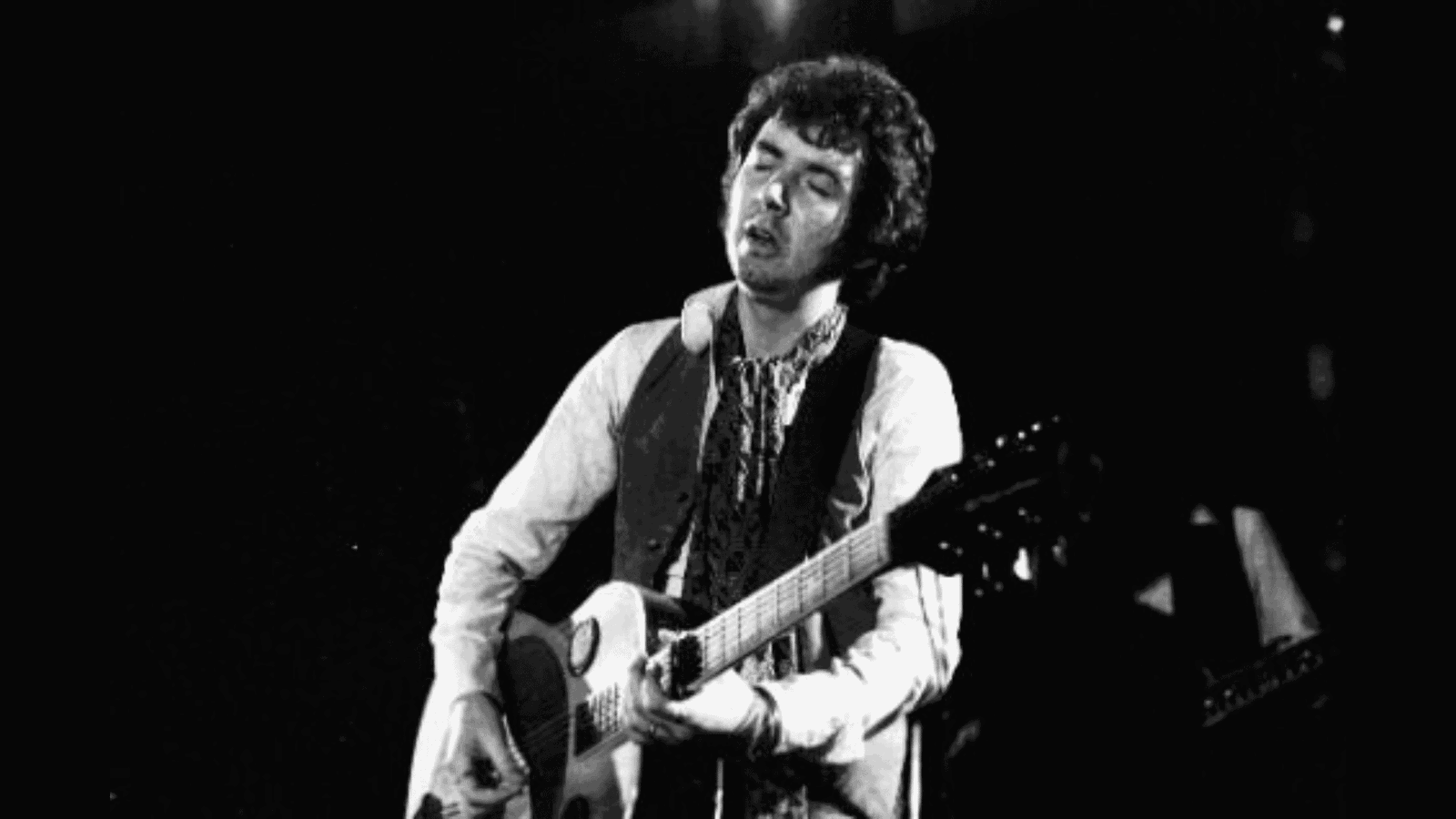
Ronnie Lane was more than just a bass player for The Faces. He was there from the start and helped shape the band’s sound in many ways.
Founding Member of Small Faces
- Ronnie Lane was one of the original founding members of Small Faces, the predecessor to The Faces.
- His influence within the band remained strong even after the transition to The Faces, as he helped shape the group’s new direction following Steve Marriott’s departure.
Musical Contributions
- Lane was more than just a bass player; he was a key songwriter for the band.
- His songwriting often reflected introspection and depth, balancing the more energetic and raw elements of The Faces’ sound.
- Lane’s ability to infuse folk and blues influences into the band’s music added a unique, heartfelt dimension to their repertoire.
Key Songs
- “Ooh La La”: Perhaps the best-known song associated with Lane, this track reflects his signature style—simple yet deeply meaningful lyrics with a folk-inspired melody.
- “Debris”: A poignant song that showcases Lane’s reflective songwriting, contrasting with the high-energy rock tunes the band was known for.
Lane’s Role in The Faces’ Chemistry
- Lane played a crucial role in balancing the band’s different musical personalities, offering a softer, more reflective counterpoint to Rod Stewart and Ronnie Wood’s raw energy.
- His contributions allowed The Faces to explore a broader range of emotions and musical styles, from raucous rock anthems to reflective ballads.
Legacy within The Faces
- Lane’s songwriting and musical instincts were key to the band’s overall sound despite his quieter public persona compared to his bandmates.
- His ability to craft songs that touched on human emotions and experiences helped give The Faces a depth that set them apart from other rock bands of the time.
Departure and Solo Career
- Lane eventually left The Faces in 1973 to pursue a solo career that was more focused on his interests in folk and roots music.
- Though his solo career did not reach the same level of commercial success, Lane’s influence as a songwriter and musician remained evident in his later work.
4. Ian McLagan – The Keyboard Wizard
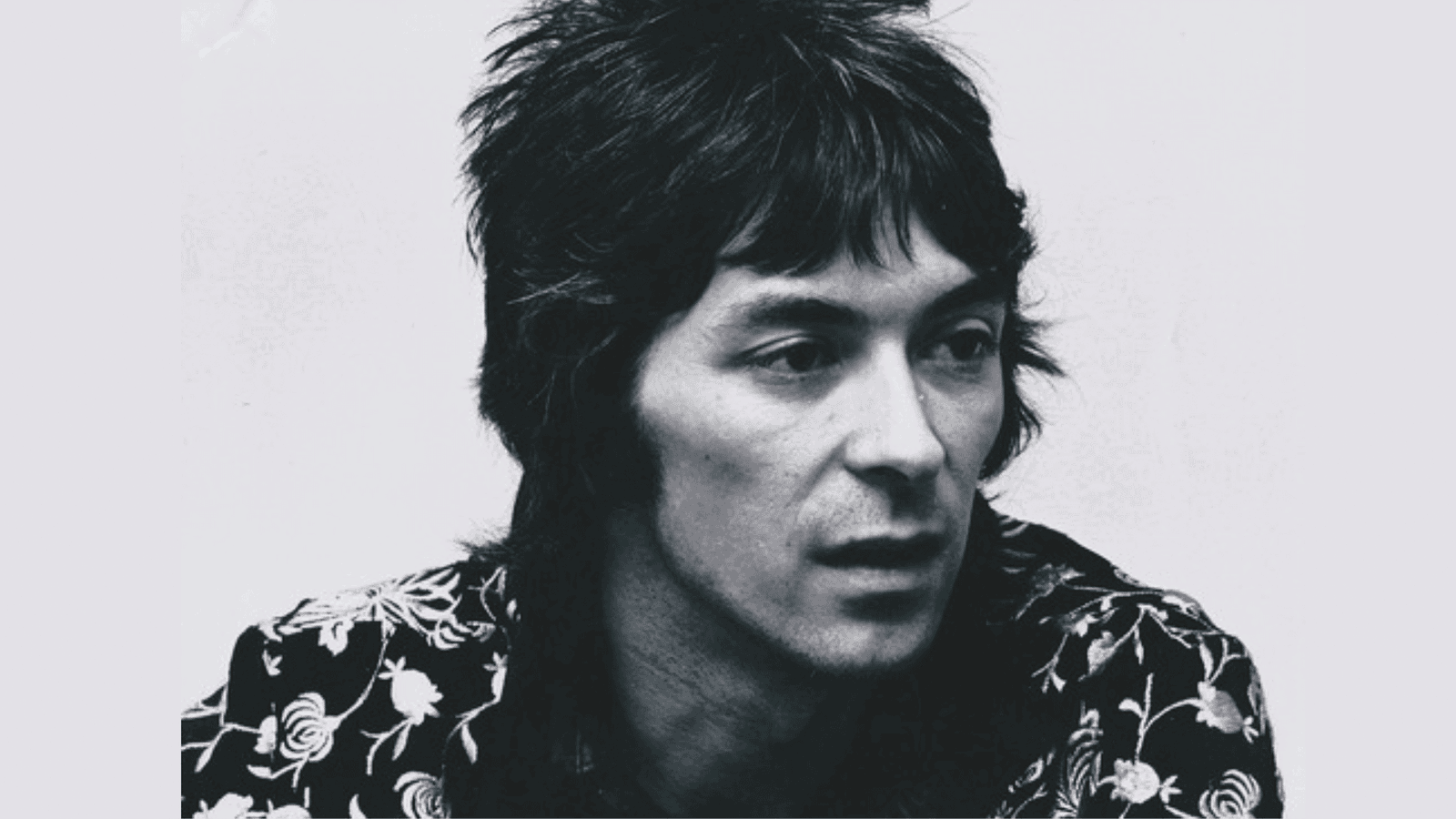
Ian McLagan played a key role in shaping the sound of The Faces.
Origins in Small Faces
- Ian McLagan joined the Small Faces in 1965 as their keyboard player and remained with the band during the transition to The Faces in 1969.
- His role in the group was vital in maintaining the connection between the old Small Faces sound and The Faces’ new musical direction.
Signature Keyboard Style
- McLagan’s keyboard playing was essential in creating the band’s distinctive sound.
- His use of the Hammond organ added a rich, textured layer to the band’s rock and blues-infused music, contributing to their lively and vibrant performances.
- He uniquely blended soulful, melodic elements with a raw, energetic edge, which perfectly complemented the band’s eclectic mix of rock, blues, and folk.
Key Contributions to Songs
- “Stay with Me”: McLagan’s Hammond organ contributed to the song’s energy and added depth.
- “Cindy Incidentally”: His keyboards added a soulful element to this song, showcasing his versatility in blending genres.
Contribution to Live Performances
- McLagan’s onstage energy and ability to adapt during live shows made him a fan favorite.
- His dynamic keyboard solos often became highlights of the band’s concerts, adding a new dimension to their live performances and allowing the other band members to interact with his playing.
Legacy within The Faces
- McLagan’s contribution went beyond just playing the keyboard; his versatility and musical instinct helped shape the band’s distinctive sound.
- His ability to combine elements of rock, blues, and soul was integral to the success of The Faces, both in the studio and on stage.
Beyond The Faces
- After The Faces disbanded, McLagan continued to have a successful career, becoming a sought-after session musician and working with iconic artists such as The Rolling Stones, Bob Dylan, and Bruce Springsteen.
- His work as a solo artist and session musician cemented his status as one of rock’s most talented and influential keyboard players.
5. Kenney Jones – The Rhythmic Backbone
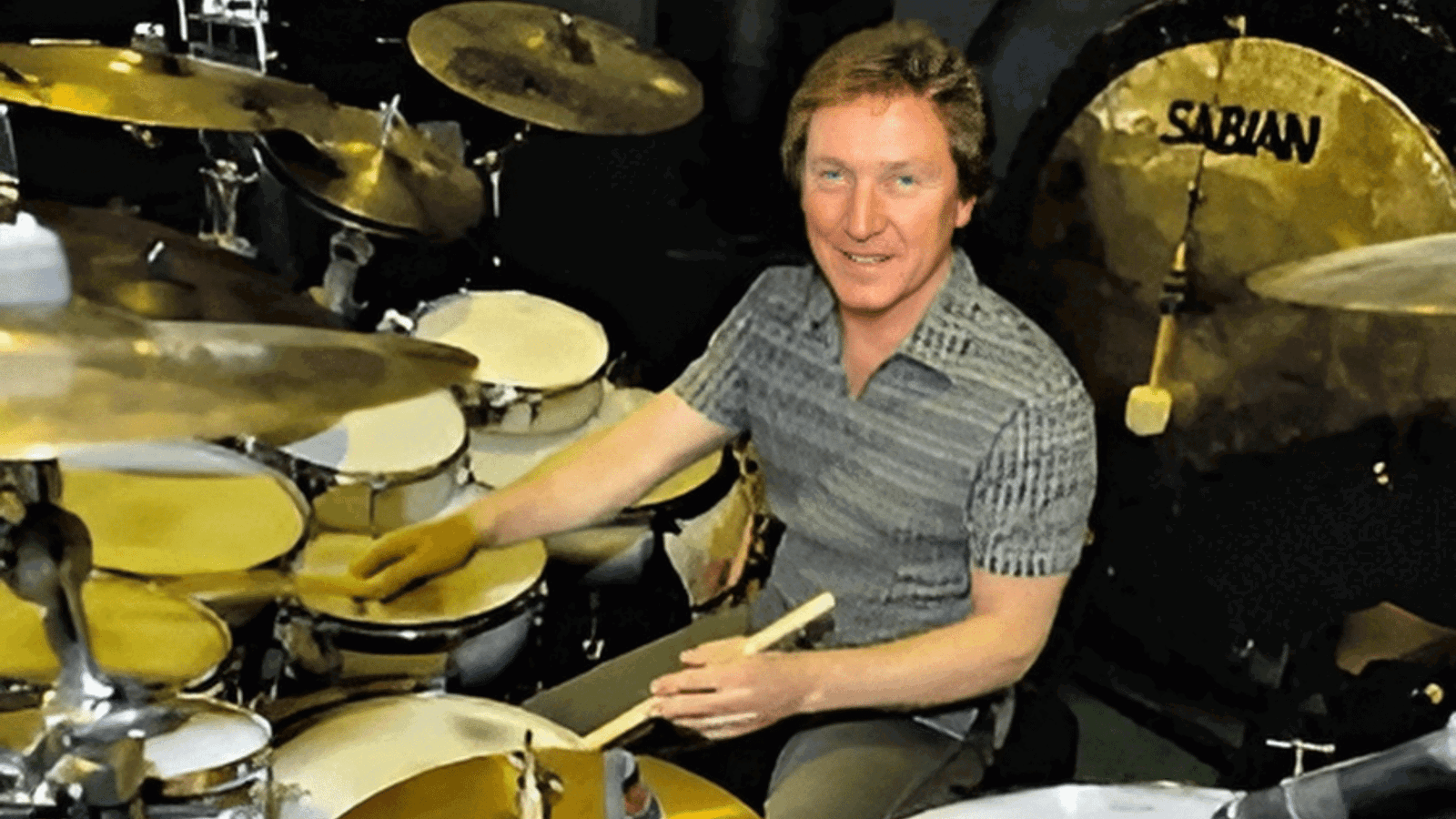
Every band needs someone to keep the beat, and for The Faces, that someone was Kenney Jones.
Foundation in Small Faces
- Kenney Jones was a founding member of Small Faces, playing drums for the band since its inception in 1965.
- He stayed on during the transition to The Faces, bringing with him the solid and dependable drumming style that had been a hallmark of the earlier band.
Drumming Style
- Jones’ drumming was characterized by a steady, driving rhythm that provided the foundation for The Faces’ energetic and often chaotic sound.
- He was able to balance precision and raw power, adapting his drumming to suit the diverse styles the band explored, from rock and blues to more folk-inspired tracks.
- His versatility allowed other members, particularly Ronnie Wood and Rod Stewart, the freedom to improvise and experiment during live performances.
Key Contributions to Songs
- “Miss Judy’s Farm”: Jones’ powerful drumming propels the song forward, showcasing his ability to drive a track’s energy.
- “Stay with Me”: His rhythmic precision and powerful beats are a major force in this iconic song, keeping the high-energy pace while allowing the band to shine.
Role in Live Performances
- Jones was the steady heartbeat of The Faces during their live shows, ensuring that the band stayed grounded, even during the most exuberant performances.
- His drumming provided the backbone for many of the improvisational moments on stage, giving the other members space to showcase their talents while maintaining a cohesive sound.
Legacy within The Faces
- Kenney Jones’ drumming was essential to The Faces’ sound, providing the rhythmic foundation that allowed the band to explore different musical styles.
- His consistent, powerful drumming crucially defined the energy of the band’s music, making him an indispensable part of their legacy.
Post-Faces Career
- After The Faces disbanded, Jones joined The Who in 1978, replacing the late Keith Moon.
- His time with The Who further solidified his status as one of rock’s most reliable and talented drummers. He continued to perform with major acts throughout his career.
Dynamics Within the Faces Band
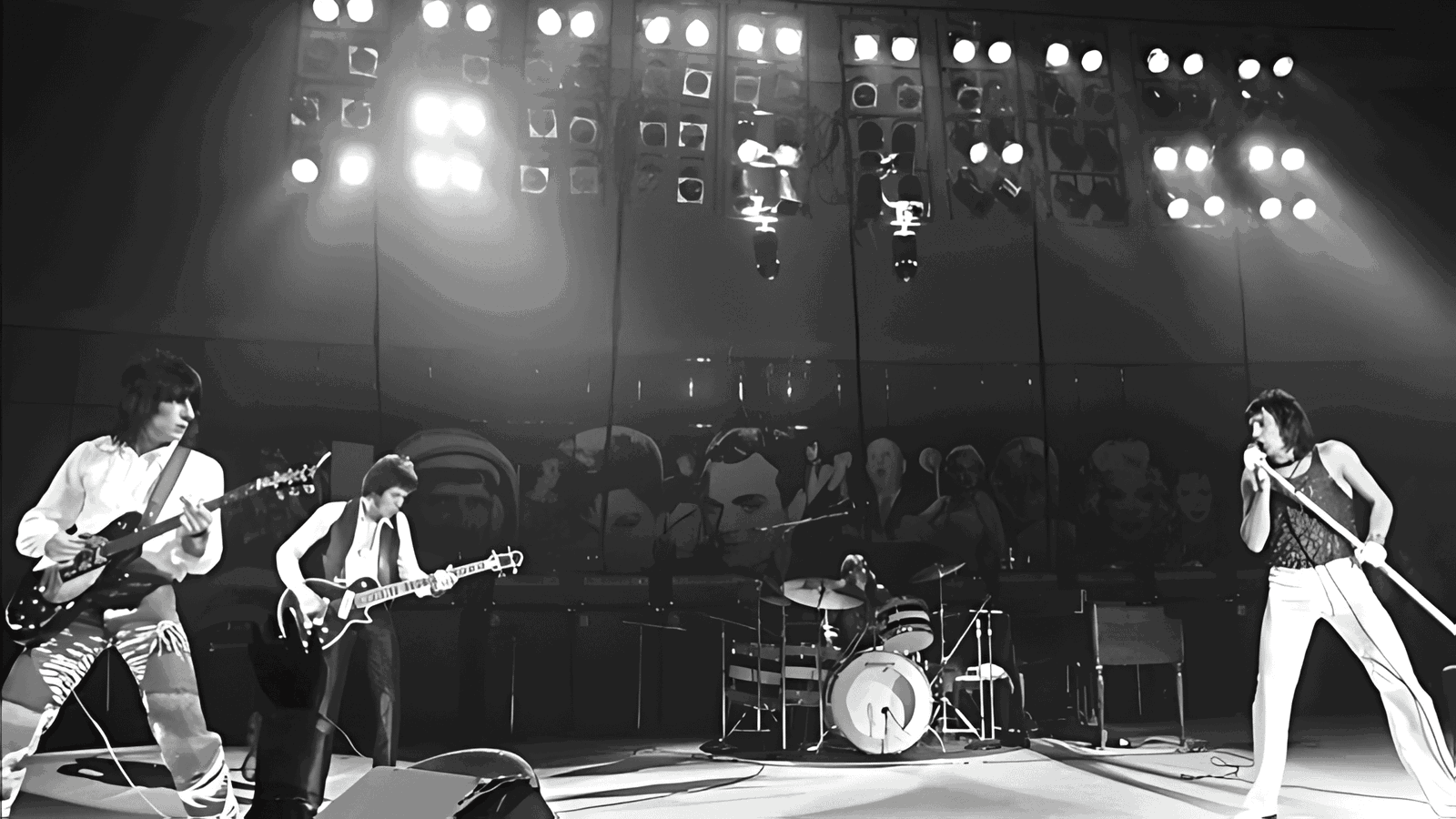
A band is more than just a group of musicians playing together. It’s about how they work as a team. This section looks at how The Faces members worked together to create their unique sound.
Collaborative Spirit
- The Faces were not just a collection of talented musicians; they thrived on the collaboration between each member.
- The interplay between Rod Stewart’s vocals and Ronnie Wood’s guitar work became a defining feature of their live performances.
- Ronnie Lane’s songwriting and bass playing added emotional depth and variety to their music, while Ian McLagan’s keyboards brought texture and soul to each track.
- Kenney Jones, as the drummer, provided the steady backbone that allowed the other members the freedom to experiment and take risks during performances.
Live Performances: A Unique Experience
- The Faces were known for their electrifying live shows, where each band member would often have their moment to shine.
- Their concerts were filled with improvisation, humor, and energy. Rod Stewart engaged the crowd while the band played with a looseness that still felt cohesive.
- The mutual trust between the members allowed them to push the boundaries of their performances, creating an atmosphere that was as much about the moment’s spontaneity as it was about the music itself.
Balancing Personalities and Styles
- While each member brought a unique talent, they could blend their different styles that made The Faces stand out.
- Ronnie Lane’s more reflective approach complemented Stewart’s rock-star charisma, while Ronnie Wood’s fiery guitar and Ian McLagan’s soulful keyboard kept the music rich and diverse.
- This balance of strong personalities and styles gave the band their dynamic edge, making them one of the most memorable acts of the 1970s rock scene.
Key Albums as Collaborative Efforts
- Their albums, particularly “A Nod Is as Good as a Wink… to a Blind Horse, “ showcased the band’s ability to seamlessly blend their talents and styles.
- Each track reflected their collective effort, with no one member overshadowing the others.
- This collaborative approach allowed The Faces to maintain a sound that was uniquely their own, built on trust and mutual respect.
Conclusion
The Faces left a lasting mark on rock music, blending raw energy with soulful melodies.
Each member brought something unique to the mix from their early days to their breakup.
Rod Stewart’s powerful voice, Ronnie Wood’s skillful guitar, Ronnie Lane’s thoughtful songwriting, Ian McLagan’s rich keyboard work, and Kenney Jones’ steady drumming all came together to create a sound that still resonates today.
Even after going their separate ways, The Faces’ influence continued.
What’s your favorite Faces song? How has their music touched your life? Share your thoughts in the comments below.
And if you’re craving more rock history, check out our article on other influential British bands of the 1970s.


